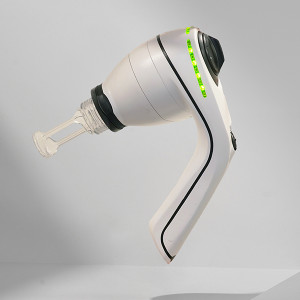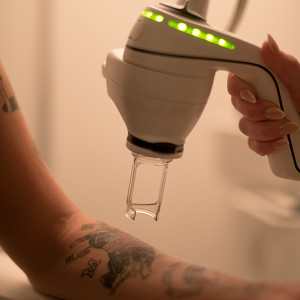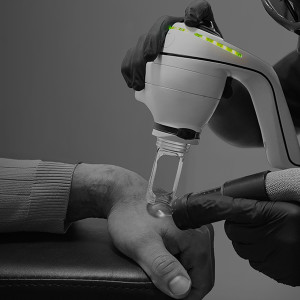
CHAPTER 6
With a quarter of the country’s workforce out of work, thousands scrambled to tattoo their bodies in the hopes of joining the circus.
For the first two decades of the 20th Century, tattoos followed a downwards trend in high society, and an upwards trend in the working classes — as more people saw the earning potential of tattoos. Then the Great Depression hit. With so many people out of work, thousands scrambled to tattoo their bodies in the hopes of joining the circus — but by that point, tattoos were so common they’d lost their “freakish” attraction.
Publish Date in article


Quite a few people sought out tattoo artists to have their bodies elaborately inked in an effort to gain entrance into the circus life, thereby securing a place to sleep, food to eat, and a bit of money to send back home to their families,” according to Cloak and Dagger. “Unfortunately for those folks, the circus world was over-saturated with performers and many of the newly tattooed were turned away due to lack of need for new performers.”
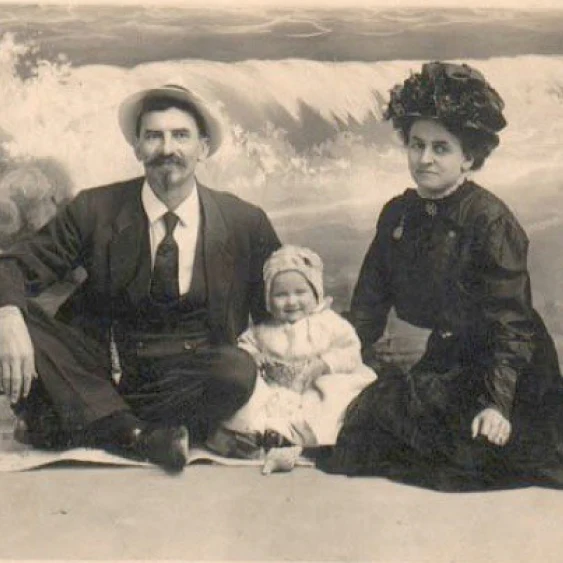

In addition to widespread poverty and joblessness, the 1930s also brought social security numbers. For purely functional reasons (clearly), they became the new must-have tattoo.
Publish Date in article
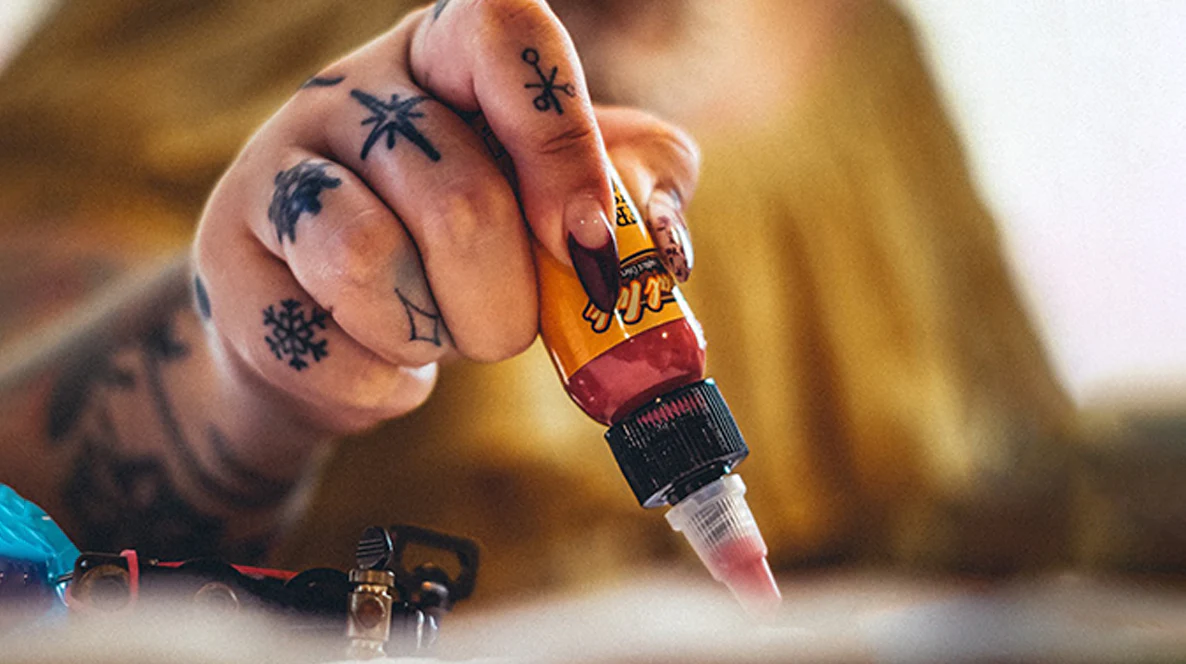

“The US government created a huge propaganda campaign about the new numbers, emphasising to the public how important it was that folks never forgot them, so in turn, many people began having them tattooed on their bodies,” Cloak and Dagger writes.
Publish Date in article
At this point in time, the public view of tattoos was still negative, but SSN numbers didn’t count.


“Society still wasn’t keen on body art, but getting your SSN tattooed onto yourself was seen more as a necessity than anything else,” according to Custom Tattoo Design.
Publish Date in article
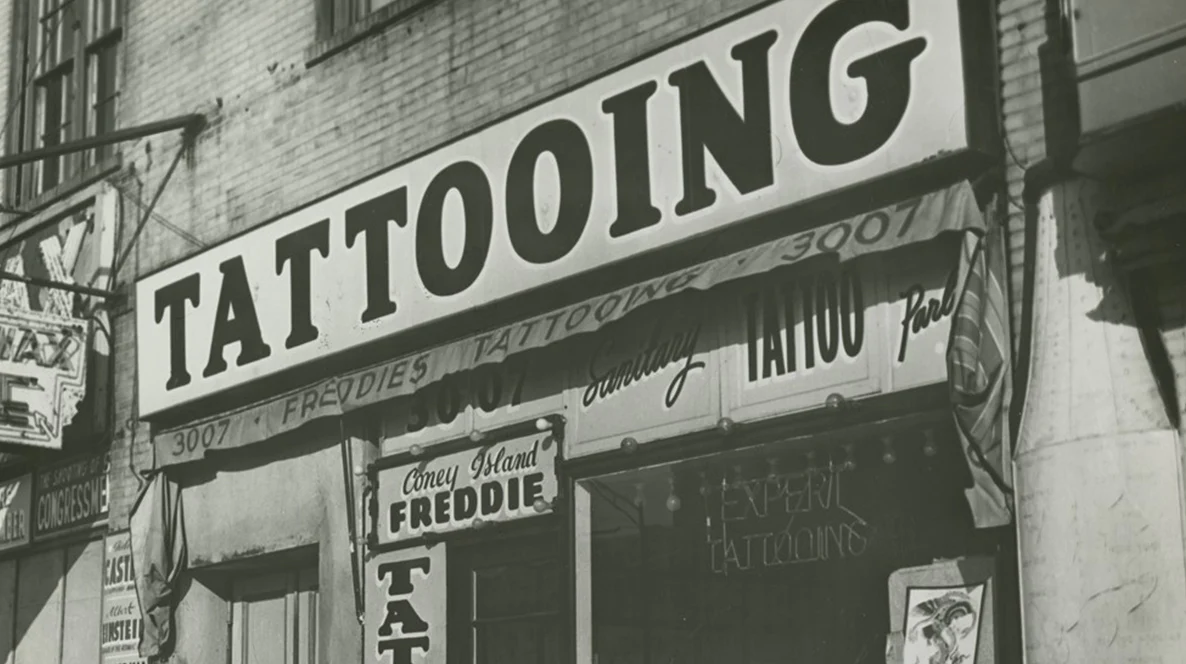

"Regular people who had these tattoos weren’t lumped into the same societal category that other tattooed people would be in; it was still mostly criminals, sailors, and performers who sported tattoos for the most part.”







